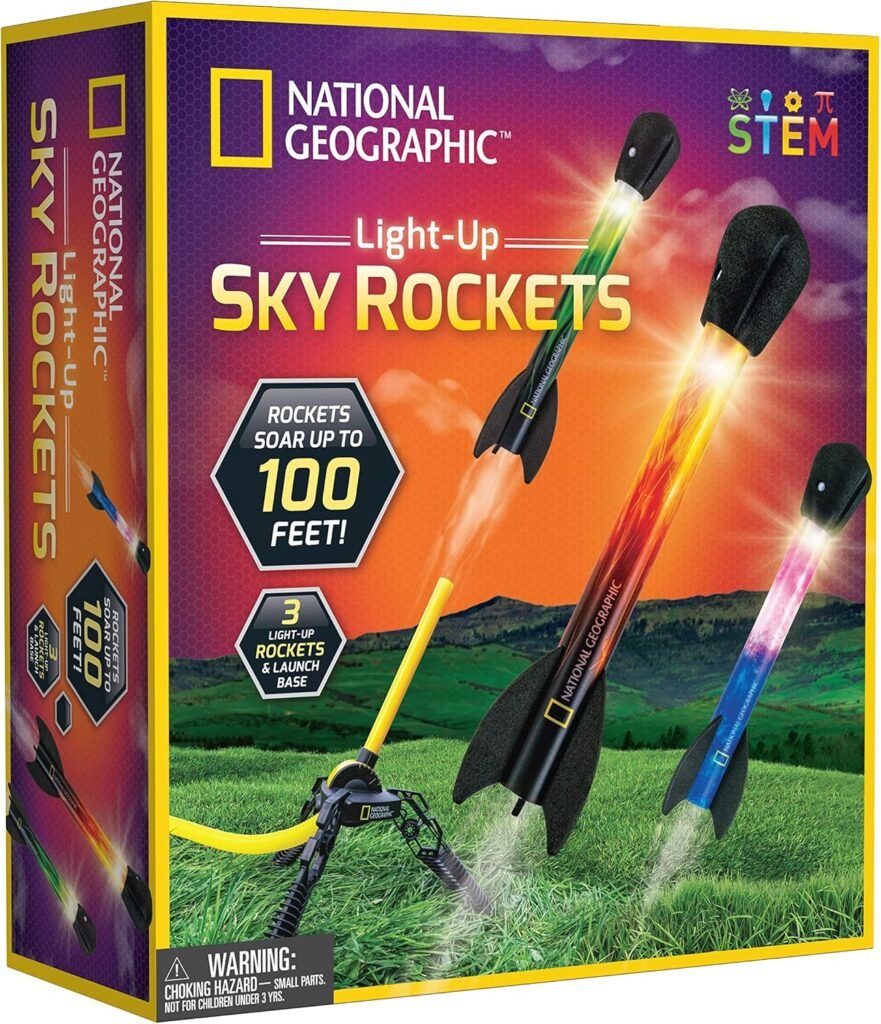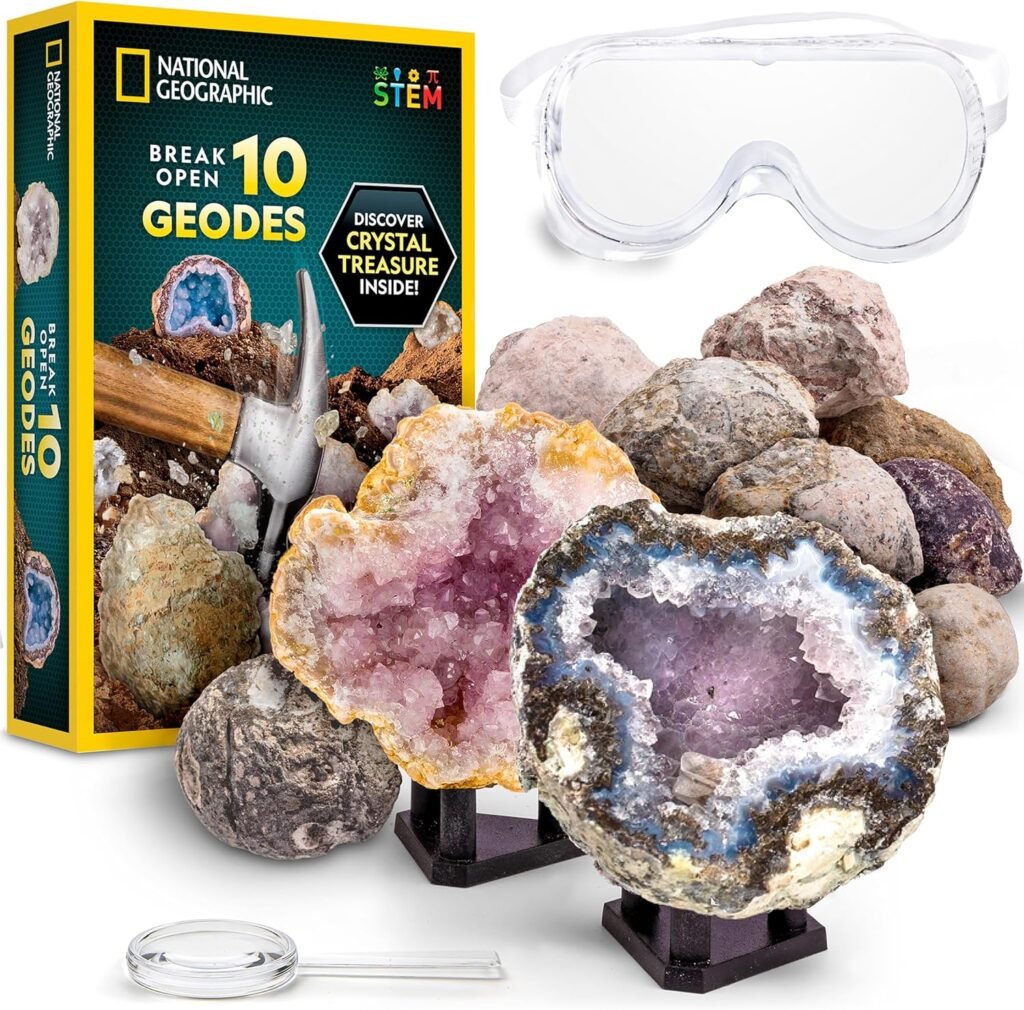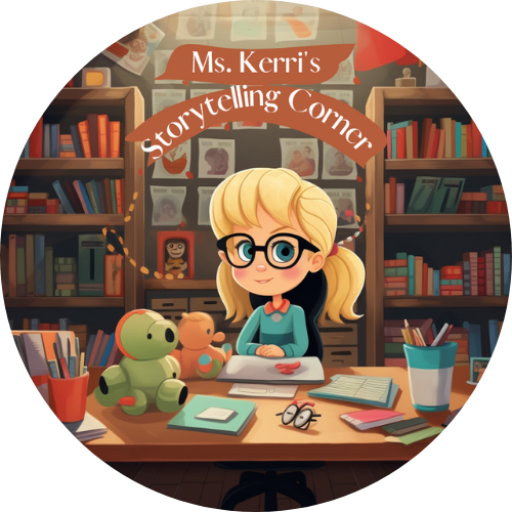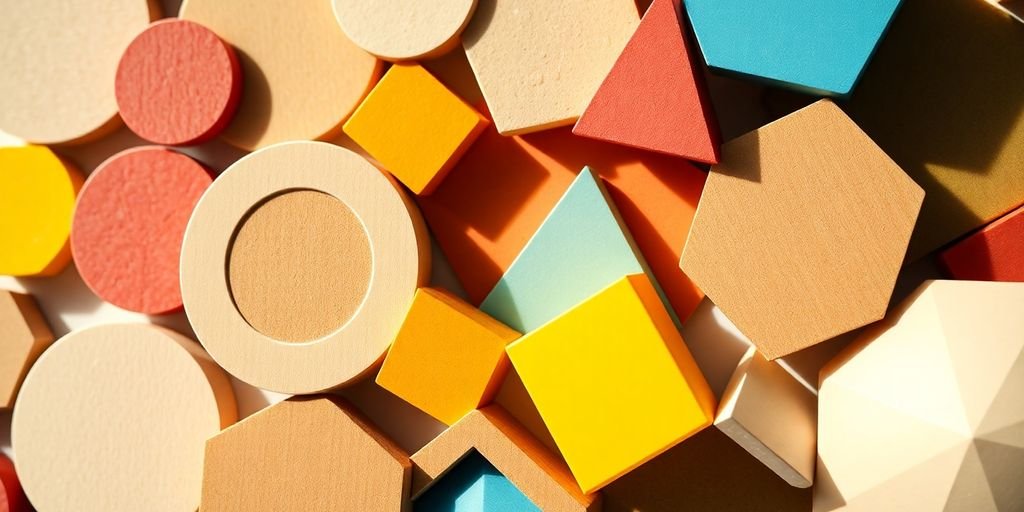Teaching kids to identify shapes is a fundamental part of their early education. It sets the stage for future math skills and helps with their ability to express themselves through drawing and writing. To make learning shapes fun and effective, we’ve compiled a variety of activities that cater to different learning styles. Whether your child learns best visually, through hands-on experiences, or by listening, there’s something here for everyone!
Key Takeaways
- Shape identification is key for early math skills.
- Different activities can engage various learning styles.
- Incorporating everyday items makes learning relatable.
- Technology can enhance shape learning experiences.
- Creative crafts reinforce shape recognition.
Engaging Activities for Visual Learners

Visual learners thrive when information is presented in a way that appeals to their sense of sight. For teaching shapes, this means using colors, images, and spatial arrangements to make the concepts stick. Let’s explore some activities that cater specifically to this learning style.
Create Colorful Shape Posters
Shape posters are a fantastic way to reinforce visual recognition. Get some large sheets of paper or poster board, and let the kids create their own shape displays. They can draw shapes, cut them out of colored paper, or even use paint. The key is to make them bright and engaging. For example, a square could be bright blue, a circle sunny yellow, and a triangle fiery red. Encourage them to label each shape clearly. You can even turn it into a collaborative project where each child contributes a shape or a set of shapes. These posters can then be hung up in the classroom or at home as a constant visual reminder. This is a great way to introduce 2D shape attributes.
Use Shape Sorting Games
Shape sorting games are another excellent tool for visual learners. These games typically involve a set of different shapes and a board or container with corresponding holes. The child’s task is to match each shape to its correct slot. This activity helps them to visually discriminate between different shapes and to understand their unique characteristics. You can buy commercially available shape sorters, or you can easily make your own using cardboard boxes and various household items. For example, cut out different shaped holes in a box and then find objects around the house that match those shapes. This not only teaches shapes but also encourages problem-solving skills.
Explore Shape Art Projects
Art projects are a fun and creative way to reinforce shape recognition. There are countless possibilities here, limited only by your imagination. One idea is to create shape collages. Provide the children with a variety of pre-cut shapes in different colors and sizes, and let them arrange them on a piece of paper to create a picture. They could make a house using squares and triangles, a robot using rectangles and circles, or anything else they can dream up. Another idea is to use shapes to create patterns. This can help them to understand how shapes can be combined and repeated to create more complex designs.
Visual learning is all about seeing and observing. By providing children with plenty of opportunities to interact with shapes in a visual way, you can help them to develop a strong understanding of these fundamental geometric concepts. Remember to keep the activities fun and engaging, and to encourage creativity and exploration.
Hands-On Learning for Kinesthetic Learners

Kinesthetic learners thrive when they can physically interact with the material. For shape identification, this means getting them moving and using their hands to explore different forms. These activities will help them internalize the concepts in a fun, engaging way.
Build Shapes with Blocks
Using blocks is a fantastic way to introduce shapes in a tangible format. Gather a collection of blocks of various shapes – cubes, rectangular prisms, cylinders, and triangular prisms. Challenge your child to build specific shapes using these blocks. For example, ask them to create a square using smaller square blocks, or a triangle using triangular prisms. You can also encourage them to combine different blocks to create more complex shapes or structures. This not only reinforces shape recognition but also develops spatial reasoning skills. Don’t forget to ask them to name the shapes as they build! This helps solidify the connection between the physical form and its name. You can even turn it into a competition to see who can build the tallest tower using only certain shapes.
Conduct Shape Scavenger Hunts
Turn shape learning into an adventure with a shape scavenger hunt! Before you start, create a list of shapes for your child to find around the house or in the backyard. This list could include circles, squares, triangles, rectangles, and ovals. As they search, encourage them to not only identify the shapes but also describe where they found them. For example, “I found a circle on the face of the clock!” or “The window is a rectangle!” To make it more challenging, you can set a timer or offer a small reward for finding all the shapes. This activity promotes active learning and helps children connect shapes to real-world objects. For an extra layer of fun, consider taking pictures of the shapes they find and creating a shape collage afterwards.
Craft Shape Monsters
Unleash your child’s creativity with a shape monster crafting session! Provide them with a variety of construction paper, scissors, glue, and googly eyes. Encourage them to cut out different shapes – circles, squares, triangles, rectangles – and then use these shapes to assemble their own unique monsters. This activity allows for endless possibilities and encourages imaginative play while reinforcing shape recognition. As they create their monsters, ask them to name the shapes they are using and describe how they are arranging them. This helps solidify their understanding of shape properties and spatial relationships. You can even suggest they give their monsters names that reflect the shapes used, like “Triango” or “Circulo.” This activity is a great way to combine art and math in a fun and engaging way.
Shape monsters are a fun way to get kids thinking about shapes in a creative way. It’s a great way to let them express themselves while learning.
Interactive Games for Auditory Learners

Sing Shape Songs
Shape songs are a fantastic way to get kids engaged and learning through music. The repetitive nature of songs helps children memorize the names and attributes of different shapes. You can find tons of shape songs online, or even better, create your own! Try setting the shapes to the tune of familiar nursery rhymes. For example, sing “Twinkle, twinkle little star, what a shape you really are!” It’s all about making learning fun and memorable. My niece loves when we sing about shapes while we’re driving in the car; it keeps her entertained and she’s actually learning something!
Play Shape Identification Quizzes
Quizzes don’t have to be boring! Make them interactive and engaging by using sound effects and verbal cues. Instead of just showing a picture of a shape, describe it aloud and have the children guess what it is. For example, you could say, “I have three sides and three corners. What am I?” This encourages active listening and critical thinking. You can even turn it into a game show format with buzzers and points to make it more exciting. My son is super competitive, so this approach works really well for him. He gets so into it that he doesn’t even realize he’s learning!
Listen to Shape Stories
Shape stories are a creative way to introduce and reinforce shape recognition. Create a story where the characters are shapes, and they go on adventures. For instance, a square might be a brave knight, and a circle could be a wise old wizard. As you tell the story, emphasize the shapes and their characteristics. You can even add sound effects to make it more immersive.
Shape stories can also help children develop their imagination and storytelling skills. It’s a win-win! Plus, you can tailor the stories to fit their interests, making it even more engaging. I remember one time, I made up a story about a triangle who wanted to be a superhero, and my kids loved it! They even started drawing their own shape superheroes afterwards.
Here are some ideas for shape stories:
- The Circle’s Rolling Adventure
- The Square’s Building Blocks
- The Triangle’s Mountain Climb
Consider using educational skills development to help your child learn.
Incorporating Technology in Shape Learning

Technology offers some cool ways to learn about shapes. It’s not just about textbooks anymore! We can use apps, games, and videos to make learning shapes more interactive and fun. It’s a great way to keep kids engaged, especially since they’re already so used to using tablets and phones. Let’s explore some options.
Utilize Educational Apps
There are tons of educational apps designed to teach kids about shapes. These apps often use games and interactive activities to help children identify and understand different shapes. Many apps adapt to the child’s learning pace, providing a personalized learning experience. Some apps even include augmented reality features, allowing kids to find shapes in their real-world environment.
Explore Online Shape Games
Online shape games are another great way to reinforce shape recognition skills. These games often involve puzzles, matching activities, and shape-sorting challenges. They can be accessed on computers, tablets, or smartphones, making them convenient for learning at home or on the go. Plus, many of these games are free or offer a free trial period, so you can try them out before committing to a purchase. These games can also help with early literacy skills, as the letter “A” looks like a triangle and the letter “O” looks like a circle.
Watch Shape Learning Videos
Shape learning videos can be a fun and engaging way to introduce shapes to young children. These videos often use songs, animations, and real-world examples to help kids understand different shapes. You can find shape learning videos on platforms like YouTube Kids or educational websites. Watching videos can be a passive way to learn, but it can also spark interest and encourage further exploration of shapes. It’s a good idea to watch these videos with your child and discuss the shapes they see to make the learning experience more interactive.
Creative Crafts for Shape Recognition

Make Shape Collages
Shape collages are a fantastic way to let kids explore shapes in a creative and tactile way. Gather a variety of materials like construction paper, magazines, fabric scraps, and even natural elements like leaves and twigs. Let your child cut or tear these materials into different shapes – circles, squares, triangles, rectangles, and more. Then, provide a large sheet of paper or cardboard as a base for their collage. Encourage them to arrange and glue the shapes onto the base to create a unique piece of art. This activity not only reinforces shape recognition but also promotes fine motor skills and artistic expression. You can even turn it into a themed collage, like a shape monster or a shape landscape. Don’t forget to talk about the shapes as they’re using them!
Design Shape Puzzles
Creating shape puzzles is a fun and engaging way to challenge kids’ problem-solving skills while reinforcing their knowledge of shapes. Start with a piece of cardboard or thick paper. Draw a large shape, such as a square, circle, or triangle, and then divide it into smaller, irregular shapes. The more complex the division, the more challenging the puzzle. Have your child cut along the lines to create the puzzle pieces. For younger children, you can use simpler shapes and fewer pieces. Once the puzzle is complete, they can decorate the pieces with colors, patterns, or even stickers. This activity encourages spatial reasoning and hand-eye coordination, making learning shapes an interactive and rewarding experience. For an extra challenge, time them to see how fast they can complete the puzzle. You can even make paper shapes to use as a template.

Create Shape Stamps
Shape stamps are a simple and versatile tool for exploring shapes in a playful way. You can easily make your own stamps using materials like sponges, potatoes, or even craft foam. Cut the material into various shapes, such as stars, hearts, diamonds, and ovals. Attach the shapes to a small block of wood or cardboard for easy handling. Provide your child with paint or ink pads and paper, and let them experiment with stamping different shapes onto the paper. They can create patterns, pictures, or even use the stamps to decorate cards or wrapping paper. This activity encourages creativity and allows children to visualize shapes in a different context. Plus, it’s a great way to develop fine motor skills and hand-eye coordination. You can even use craft stick shapes to make the stamps.
This activity is great because it combines art and math in a fun, hands-on way. It allows kids to explore shapes in a creative context, making learning more engaging and memorable. Plus, it’s a great way to develop fine motor skills and hand-eye coordination.
Real-World Shape Exploration
Go on a Shape Walk
Let’s ditch the classroom and head outside! A shape walk is a fantastic way to show how shapes aren’t just abstract concepts. Grab a notebook and pen (or use your phone) and challenge your kids to find as many different shapes as they can in their surroundings. Think about it: buildings are full of rectangles and squares, street signs are often circles or octagons, and even trees can have cylindrical trunks. Make it a game by awarding points for each shape found, or by having them draw what they see. It’s a fun way to get some fresh air and learn at the same time.
Identify Shapes in Nature
Nature is a treasure trove of shapes, if you know where to look! Forget perfect squares and circles; instead, focus on the organic shapes that appear in the natural world. For example:
- Leaves can be heart-shaped or oval.
- Flowers often have radial symmetry, with petals arranged in a circular pattern.
- Rocks can be triangular or spherical.
Even clouds can form interesting shapes! Encourage kids to use descriptive language to explain the shapes they see, even if they aren’t perfect geometric forms. This activity encourages observation skills and helps them appreciate the beauty of the natural world.
Visit Local Architecture

Architecture is basically applied geometry! Buildings are made up of all sorts of shapes, from the basic rectangles and triangles to more complex forms like arches and domes. Take a walk around your neighborhood or visit a local landmark and challenge your kids to identify the different shapes they see. Ask them questions like:
- What shapes are used most often?
- Why do you think the architect chose those shapes?
- How do the shapes contribute to the overall design of the building?
This activity can spark an interest in architecture and design, and it helps kids see how math is used in the real world. Plus, it’s a great way to learn more about your local community and its history.
Using Everyday Items for Shape Learning
It’s amazing how many learning opportunities are hiding in plain sight, right in our homes! Using everyday items to teach shapes is a fantastic way to make learning both accessible and relatable for kids. Instead of relying solely on textbooks or worksheets, we can turn ordinary household objects into engaging educational tools. This approach not only reinforces shape recognition but also helps children understand how geometry exists in the real world.
Sort Kitchen Utensils by Shape
Dig through your drawers and pull out a variety of kitchen utensils. Spoons, spatulas, plates, and even cookie cutters can become shape-sorting tools. Ask your child to group items based on their shapes. For example, round plates go in one pile, rectangular baking pans in another, and so on. This activity encourages observation skills and reinforces the properties of different shapes. You can even extend the activity by asking them to describe why they grouped certain items together. For example:
- “This plate is round because it has no corners.”
- “This pan is a rectangle because it has four sides, and two sides are longer than the other two.”
- “This cookie cutter is a star because it has five points.”
Identify Shapes in Clothing
Clothing is another treasure trove of shapes! Look at buttons (circles), pockets (squares or rectangles), and even the overall cut of a shirt or dress. Ask your child to identify the shapes they see in their clothing. You can also turn it into a game: “I spy with my little eye, something that is a circle on your shirt!” This activity is great for reinforcing shape recognition in a fun and interactive way. Plus, it can be done anywhere, anytime – waiting at the bus stop, getting dressed in the morning, or even during laundry time. You can even use paper shapes to compare to the clothing items.

Create Shape Snacks
Who says learning can’t be delicious? Making shape snacks is a fun and tasty way to reinforce shape recognition. Use cookie cutters to create shapes out of sandwiches, cheese, fruits, or vegetables. You can also arrange snacks on a plate to form different shapes. For example, use carrot sticks to create a triangle or grapes to form a circle. This activity not only teaches shapes but also encourages healthy eating habits and creativity.
Shape snacks are a great way to combine learning and fun. It’s a hands-on activity that engages multiple senses, making it more memorable for children. Plus, who doesn’t love a tasty treat after a learning session?
Wrapping It Up
So, there you have it! Learning shapes doesn’t have to be boring or complicated. With these fun activities, kids can explore shapes in ways that fit their own learning styles. Whether they’re sorting, crafting, or even snacking on shapes, there’s something here for everyone. Plus, parents can easily join in on the fun, making it a great bonding experience. Remember, the goal is to make learning enjoyable and engaging. So grab some supplies, get creative, and watch your little ones thrive as they discover the world of shapes!
Frequently Asked Questions
Why is learning shapes important for kids?
Learning shapes helps kids recognize and categorize objects, which is important for math and problem-solving skills.
What activities are best for visual learners?
Visual learners enjoy activities like making colorful shape posters or exploring shape art projects.
How can kinesthetic learners learn about shapes?
Kinesthetic learners can build shapes using blocks or go on shape scavenger hunts to learn through movement.
What are some engaging activities for auditory learners?
Auditory learners can benefit from singing shape songs or listening to stories that include shape identification.
How can technology aid in learning shapes?
Using educational apps and online games can make learning shapes fun and interactive for kids.
What everyday items can help with learning shapes?
You can use kitchen utensils or clothing to identify and sort shapes in daily life.


Ms. Kerri’s Corner provides a exciting virtual space for preschool learning. Through a variety of engaging activities, she exposes young minds to early math, literacy, science and social-emotional skills in a developmentally appropriate way. Centers for blocks, art, books and music allow children to explore hands-on learning at their own pace. Guided lessons subtly introduce number sense, letter sounds and narrative thinking. Careful observation gives insight into each child’s progress across domains. Viewers are also invited to participate, reinforcing that their ideas are valued. By making learning fun yet purposeful, Ms. Kerri lays the groundwork for future academic success while fostering creativity and imagination. Her program offers preschoolers valuable screen-based learning experiences.




